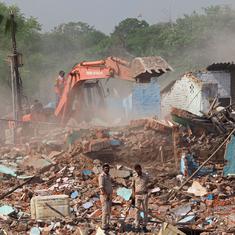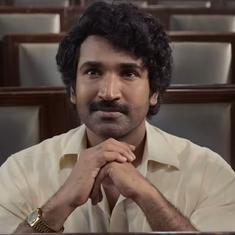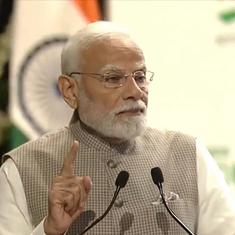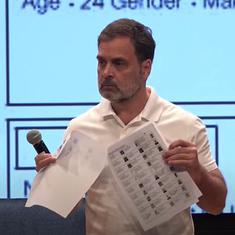Small margins decide games at the elite level. This time, two yellow cards for VR Raghunath and Sunil Sowmarpet left India’s winning chances against the Netherlands in tatters. India’s progress as a team unit is tangible, a historic quarter-final place has been duly achieved despite this loss, but the end product is still lacking.
“What can you do when you are two men down at the start of the fourth quarter?” asked their Dutch coach Roelant Oltmans. “We had to survive that phase. We almost did, we almost conceded, but then conceded two penalty corners and a goal. We got back into the game and created two chances and penalty corners, but just didn’t manage to score.”
That bit of pondering summed up India’s tournament so far. The Indians have an uncanny knack for self-destruction in the latter stages of their matches. First against Ireland though they thankfully got away with it. Then against Germany. And now, the Netherlands. The yellow cards may have been contentious, but India’s capacity to render three good quarters utterly irrelevant is infuriating.
What’s happening in the fourth quarter?
Obviously, with a numerical advantage, the Netherlands pressed forward in the last quarter in search of a winning goal and finally got it. But for the better part of the match, Netherlands-vs-India had been a stalemate. The Dutch displayed some of their offensive might and quick movement, but only in flashes. India were mostly restricted to defending, but were not inferior. In the first quarter, India enjoyed more possession as the Netherlands could not muster an attempt on goal.
The Dutch, as ever, enjoyed the support of a sizeable contingent of fans clad in orange, but they could not inspire the team. Max Caldas’s men had a fine record coming into the match, with 7-0 and 5-0 thrashings of Canada and Ireland, respectively, and a 3-3 draw against Argentina. But they struggled against a disciplined India. A diagonal ball from Jeroen Hertzberger dissected the Indian defence, but PR Sreejesh saved the double chance that followed. At the half, neither India nor Netherlands had forced a breakthrough.
In the 32nd minute, the Dutch did finally score, from a penalty corner. Sreejesh, consistent throughout the tournament, produced a fine save, but succumbed to a drag flick from Rogier Hoffman on the rebound. The Indians fretted, but responded duly when V Raghunath converted a penalty corner to make it 1-1.
The match may well have ended in a draw, but the yellow cards swayed the momentum in favour of the reigning Olympic champions. The Netherlands applied sterile pressure before Mink van der Weerden converted another penalty corner. Oltmans reacted. In a bold move, he subbed Sreejesh for an outfield player with four minutes left in the encounter.
A dramatic finish
India monopolised the ball and, in a dramatic finish, forced five penalty corners. Indeed, after a video referral, the Australian umpire Murray Grime awarded the men in blue penalty corner after penalty corner, almost adamant about providing India with the chance to get an equaliser. But India, using different variations, squandered opportunity after opportunity. India’s penalty corner rate in the match was dismal at 1/9. The all-out pressure had not delivered.
“We need to improve a lot in that aspect,” acknowledged Sreejesh, who has pulled off some incredible saves in the tournament. “We need to convert penalty corners and exploit our penetration. At times, we are too defensive and big teams take advantage.”
But Oltmans seemed more confident about India’s chances. “We played the number two in the world, did well, and almost forced a draw. That’s what we have to accept. In the quarter-finals, the tournament starts all over again. Belgium and Spain are our likely opponents and we would welcome them both.”
At the end of the day, it’s all about maintaining a consistent performance level for 60 minutes. That has been India’s Achilles heel so far in Rio.










